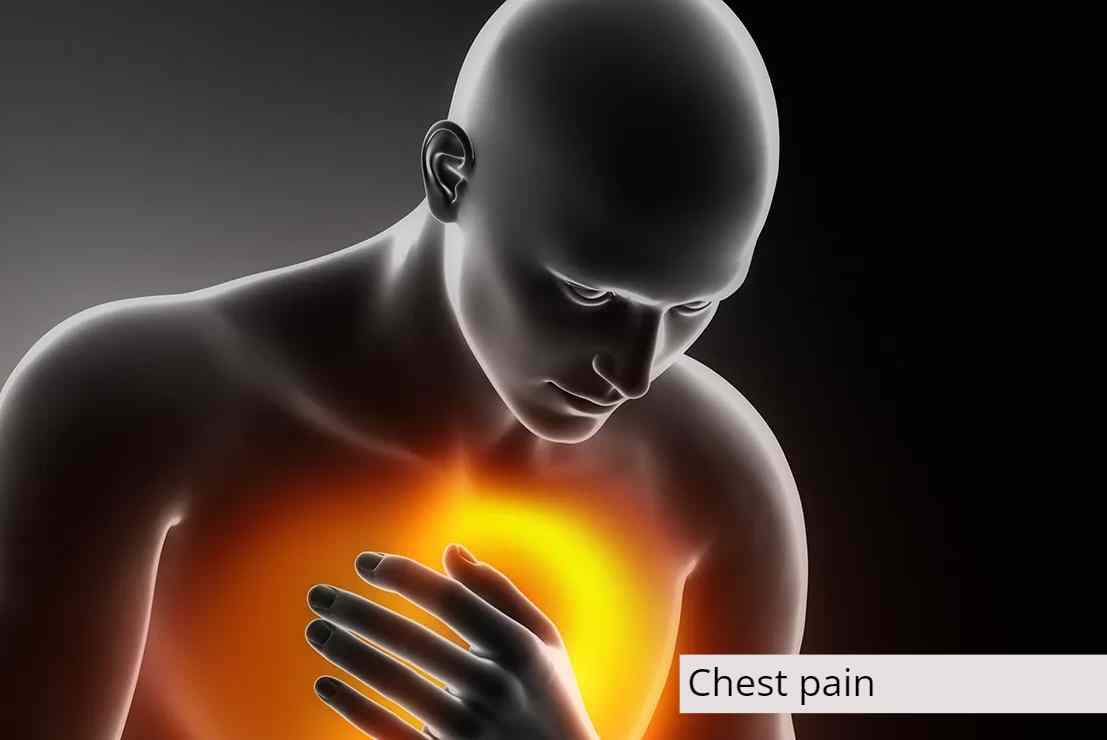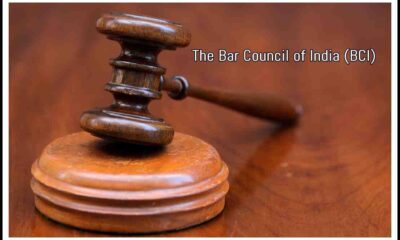Health
Chest pain, What causes it and how to treat it
Published
1 year agoon

Chest pain is typically seen as a sign of heart attack
Chest pain: is commonly interpreted as a sign of a heart attack. As a result, when people experience chest pain, they frequently panic, believing it to be a heart-related complication. To rule out cardiac complications, we spoke with Dr Bikky Chaurasia, Consultant Internal Medicine, Kokilaben Dhirubhai Ambani Hospital, and Dr Viveka Kumar, Principal Director and Chief of Cath Labs, Max Super Speciality Hospital, Saket.
“Acute chest pain is one of the most common reasons for seeking care in the emergency department (ED), accounting for approximately 10% of all visits,” says Dr. Viveka. Although chest pain raises the possibility of an acute coronary syndrome (ACS), only 10% to 15% of patients with acute chest pain have ACS after diagnostic evaluation.” “Chest pain is typically seen in heart disease, but it has typical features of sweating, uneasiness, palpitations, and it radiates to the back, neck, arm, and jaw,” Dr. Bikky continues. Until proven otherwise, any type of chest pain is a medical emergency. Although chest pain is not always associated with a heart attack, it is important to rule out whether it is cardiac or not.
How to Recognize Chest Pain Indicates a Heart Attack:
Doctors confirm heart problems using tests such as ECG, serial cardiac markers, 2d echocardiography, medical history, and clinical and vitals parameters.
“Heart attack-related chest pain is more on the left side of the chest, radiating in nature, moderate to severe in intensity, and continuous. Other causes of chest pain include both sides or unilateral sides of the chest, but clinical and laboratory judgement is always required to rule these out,” Dr. Bikky explains.
Read Also: Just normal solar activity,Sun did not break off its chunk
Sharp or knife-like pain caused by respiratory movements or coughing, pin point and localised chest pain or discomfort in the middle or lower abdominal region, pain reproduced with movement, constant pain that persists for many hours, very brief episodes of pain lasting a few seconds or less, and pain that radiates into the lower extremities are some of the warning signs to look out for.
Heart attacks that are silent and painless:
20% to 25% of people have silent or painless heart attacks. “The most common people who suffer from this painless or silent heart attack, which means very minimal symptoms, no typical chest pain,” explains Dr Pravin Kahale, Consultant Cardiology, Kokilaben Dhirubhai Ambani Hospital Mumbai. However, it is also common in many people who have mild heart attack symptoms such as dizziness, light-headedness, nausea, and vomiting, and the episode resolves as mild acidity or minor dizziness. These patients, in fact, are suffering from silent heart attacks. As a result, various series show that silent or painless heart attacks can occur in 20% to 25% of people.”
Breathlessness and acidity, as well as dizziness, blackouts, and fainting. These are the most common mimickers, and if not carefully examined, the diagnosis of a heart attack would be missed. The patient may not reach the hospital, and ECGs can miss up to 25% of heart attacks. These missed heart attacks cannot be discovered unless a blood troponin test is performed. Dr Pravin Kahale adds that ECG can sometimes fail to diagnose.
Common causes of chest pain:
Pain in the side of the chest is most commonly caused by lung pathology, as well as musculoskeletal and neuropathic pain. It could also be caused by pneumothorax, a serious condition. Some common reasons are Cardiac (heart attack/angina, valvular heart disease/pericarditis), vascular (Aortic dissection, pulmonary hypertension and pulmonary embolism), pulmonary (Pleuritis , pneumonia, pneumothorax and tracheobronchitis), gastrointestinal (Esophageal reflux, peptic ulcers, gallbladder disease, pancreatitis), musculoskeletal (Costochondritis, cervical spondylitis), infections like Herpes’s zoster or even psychological.
You may like
-


North Korea asserts that the test of a multiple-warhead missile was successful
-


The Student Wing of Congress storms the Exam Body NTA office and locks it from within
-


“During President Murmu’s address to Parliament, PM Modi was shown 73 times, and LoP Rahul Gandhi was shown six times”: Congress
-


NASA contracts Elon Musk’s SpaceX to deorbit the International Space Station in 2023.
-


A Caution For The CBI In The Delhi Court’s Arvind Kejriwal Custody Order
-


Bar Council of India requests that bar associations abstain from demonstrating in opposition to new criminal laws
